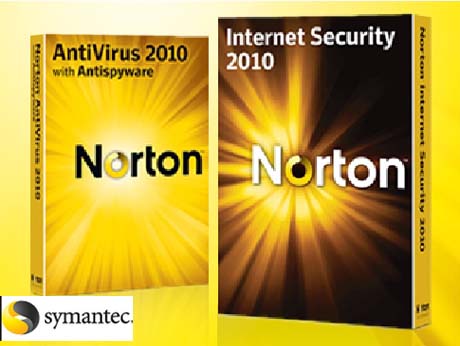
The latest – 2010—edition of the flagship Net security product from Symantec is now available. Norton Internet Security 2010 is all of Norton AntiVirus plus a suite of Net centred protection features: email filters, parental controls, on the fly advice about unsafe sites, anti phishing and authentication of trusted sites. New in the 2010 edition is Norton Safe Web technology that warns you of unsafe web sites right in your search results – useful when doing online money transactions.
The makers say they use a new model of security, codenamed Quorum, “ to attain unmatched detection of new malware. It uses cloud-based intelligence to identify malware in an entirely new way beyond traditional signatures and behavior-based detection. Quorum is a real-time reputation system that tracks files and applications and dozens of their attributes such as their age, download source, digital signature, and prevalence.”
Another new technology with its head in the Cloud ( no jokes!) is SONAR 2 (Symantec Online Network for Advanced Response), a 2nd generation system which leverages data from the cloud, network communications and file attributes such as location on the PC, origin information, etc to help make a decision on what to trust and what to reject.
It is difficult to judge how well such new technologies work – unless one has used the product for some time and has encountered a few dicey situations that the product has handled. But who would wish that? The irony with products like these is that they succeed when nothing bad happens.
The 2010 NIS works with Windows XP, Vista and the new Windows 7 and takes some 300 MB of space. Unlike earlier editions I found from brief use, that it doesn’t hassle you with a lot of unnecessary questions and alerts, but gets on with its job.
It costs Rs 1420 which considering it includes all of the basic anti-virus product that costs Rs 1100 is good value – but I have a caveat.
Like a few other software leaders including Microsoft and Adobe, Symantec, has gradually diluted the buyer’s rights with its range of products in a subtle but significant manner. The 2010 NIS works for “1 PC ,1 year protection”. One PC we can understand, but when a lay consumer, as different from an enterprise, buys a legal product, I do believe he or she has paid for the right to use it as long as it works – which may be a bit longer than the annual revisions that the maker releases. In effect you have bought a licence to use the product for 12 months – rather than the product itself.
This change is not universal across the industry – but a few leaders are testing the waters of acceptability by such nuanced interpretations of legal ownership.
As customer choice widens, the buyer may be offered many purchase models -- including free ones -- and will choose what seems to constitute paisa vasool or value for money. I have always admired Symantec's contributions in the Net security space, but think their licensing mode for mass consumer products, is a step back to the bad days of heavy handed proprietary software marketing, rather than a step forward, in tune with today’s slow but steady lurch towards a more open and universal software regime.
Anand Parthasarathy
Bangalore Dec 1 2009